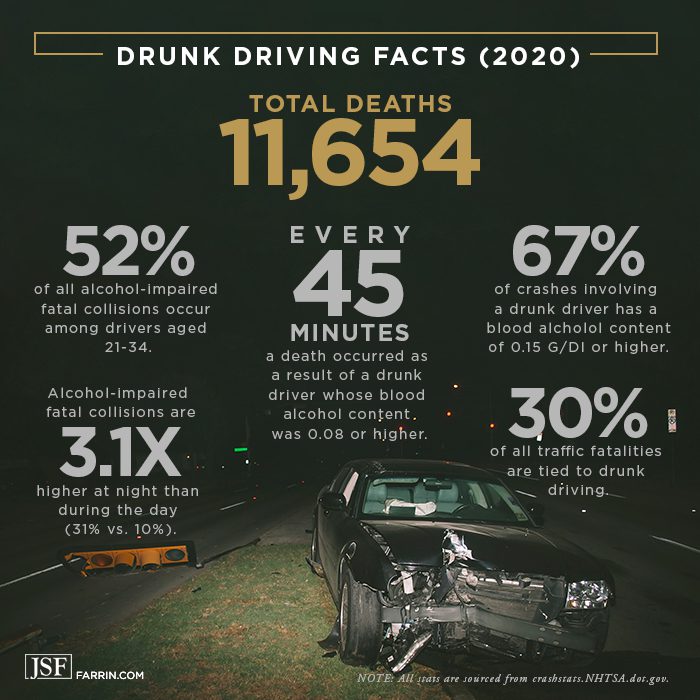Curious about how many beers it takes to get drunk based on weight? Discover the legal limit and surprising facts!

Image courtesy of Anete Lusina via Pexels
Table of Contents
Have you ever found yourself pondering the age-old question of how many beers it takes to get drunk? It’s a common curiosity amongst many, but the answer is not as straightforward as you might think. Alcohol metabolism is a complex process influenced by various factors, including weight, genetics, and individual tolerance levels. In this blog post, we will delve into the science behind alcohol consumption and explore the intriguing question of how many beers it really takes to get drunk.
Science of Alcohol Metabolism
When you consume alcohol, it is rapidly absorbed into your bloodstream through the stomach and small intestine. From there, it travels to the liver, where it is metabolized by enzymes. The rate at which alcohol is metabolized varies from person to person and is influenced by factors such as weight, gender, metabolism rate, and liver function.
One key measure of alcohol intoxication is Blood Alcohol Content (BAC), which is expressed as a percentage of alcohol in the bloodstream. The legal limit for driving under the influence is typically set at a BAC of 0.08%, but this threshold can vary by jurisdiction. Your BAC level is affected not only by the amount of alcohol you drink but also by how quickly you consume it and other factors like food consumption.
Individual Tolerance Levels
It’s important to note that everyone’s tolerance to alcohol is different. Factors such as genetics, age, gender, and drinking habits can all influence how your body responds to alcohol. For example, individuals with a higher muscle mass tend to have a higher metabolism rate and may be able to process alcohol more quickly than those with a lower muscle mass.
Determining your own tolerance level is essential for knowing when to stop drinking. Pay attention to how alcohol affects you personally and be mindful of any signs of intoxication, such as impaired coordination, slurred speech, or changes in behavior. Knowing your limits and drinking responsibly is key to avoiding negative consequences associated with excessive alcohol consumption.
Factors Influencing Intoxication
While the number of beers it takes to get drunk can vary greatly from person to person, there are several additional factors that can influence how intoxicated you become. For instance, consuming alcohol on an empty stomach can lead to faster absorption and a quicker rise in BAC. Conversely, eating a meal before drinking can slow down the absorption of alcohol and reduce its effects.

Image courtesy of www.farrin.com via Google Images
Hydration is another important factor to consider when drinking alcohol. Alcohol is a diuretic that can lead to dehydration, which can exacerbate the effects of intoxication. It’s important to drink water in between alcoholic beverages to stay hydrated and mitigate the dehydrating effects of alcohol.
Mixing alcohol with other substances, such as medications or illicit drugs, can also impact how drunk you get. Combining different substances can have unpredictable effects on your body and may increase the risk of adverse reactions or overdose. It’s essential to be aware of the potential interactions between alcohol and other substances and avoid mixing them whenever possible.
Conclusion
So, how many beers does it take to get drunk The answer is not black and white, as it depends on a multitude of factors unique to each individual. Understanding your own tolerance level, paying attention to how alcohol affects you, and practicing responsible drinking habits are all crucial steps in enjoying alcohol safely.
Remember, it’s always better to err on the side of caution and consume alcohol in moderation. Knowing when to stop drinking and being aware of the factors that influence intoxication can help you avoid the negative consequences of excessive alcohol consumption. Cheers to enjoying alcohol responsibly and staying safe while doing so!
FAQ
How does weight affect alcohol tolerance?
Weight can influence alcohol tolerance as it affects the distribution of alcohol in the body. Heavier individuals tend to have more body water, which can dilute alcohol and lead to lower BAC levels.
What is the legal BAC limit for driving?
The legal BAC limit for driving is typically set at 0.08%, but this can vary by jurisdiction. It’s important to know the laws in your area and avoid driving if you have consumed alcohol.
How can I determine my alcohol tolerance level?
Monitoring how alcohol affects you personally, paying attention to signs of intoxication, and knowing your limits are key to determining your alcohol tolerance level. Start slow, stay hydrated, and drink responsibly to gauge your tolerance.
Does food consumption affect alcohol absorption?
Yes, eating before drinking can slow down alcohol absorption and reduce its effects. Consuming alcohol on an empty stomach can lead to faster absorption and a quicker rise in BAC. Remember to eat before or during alcohol consumption to help moderate its effects.
Powered by Texta.ai Blog Automation
Leave a Reply